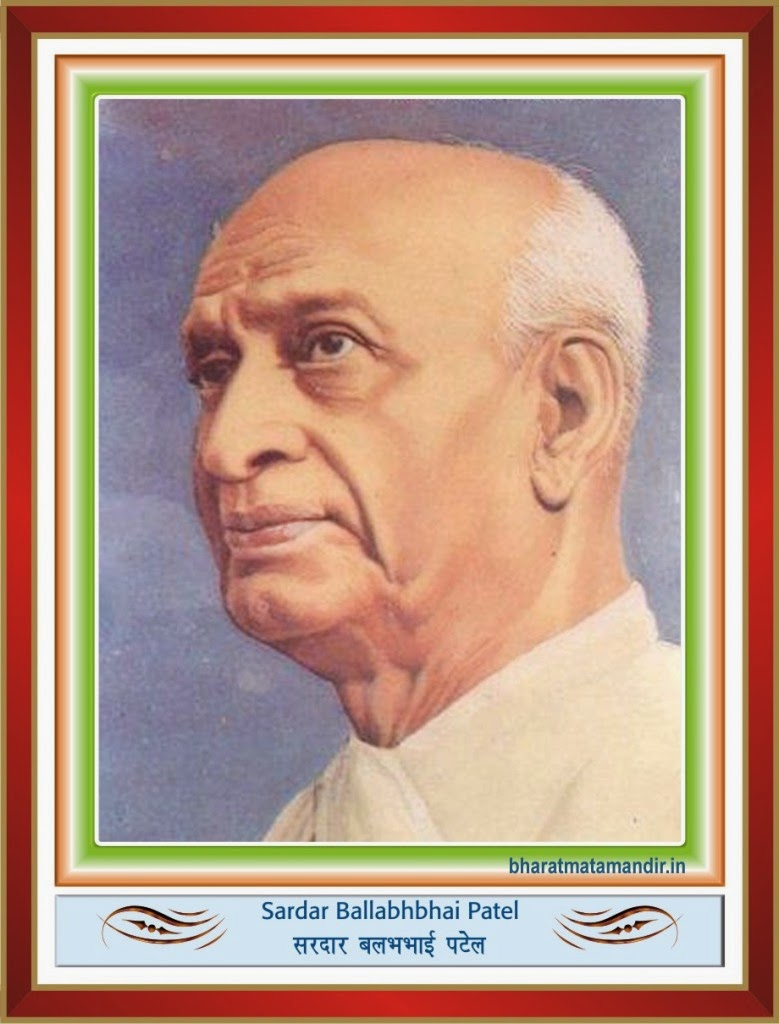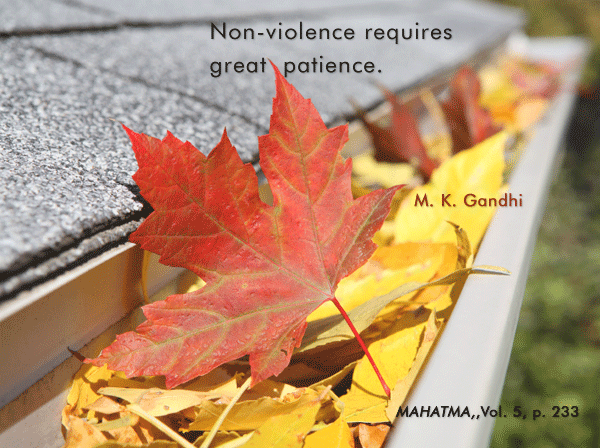Sardar Vallabhbhai Patel Biography :
Personal Life & Legacy : Sardar Vallabhbhai Patel tied the knot at the age of 18, to Jhaverba, who was twelve years of age then. Following the traditional Hindu customs, which allowed the bride to stay with her parents until her husband had a decent income and an established household, the two stayed apart for a few years until Sardar Patel had definite income to fall back on. Along with Jhaverba, he set up a house in Godhra. The couple was blessed with a daughter, Manibehn, in 1904, and a son, Dahyabhai, two years later. In 1909, Jhaverba, who was suffering from cancer, underwent a major surgical operation. Though the operation was successful, Jhaverba’s health continued to decline. She passed away the same year. Patel was against remarrying and instead raised his children with the help of his family. Patel’s health started declining in the summer of 1950. Though he was taken care of intensely, his health worsened. To recuperate, he was flown to Mumbai, where he ...




Comments